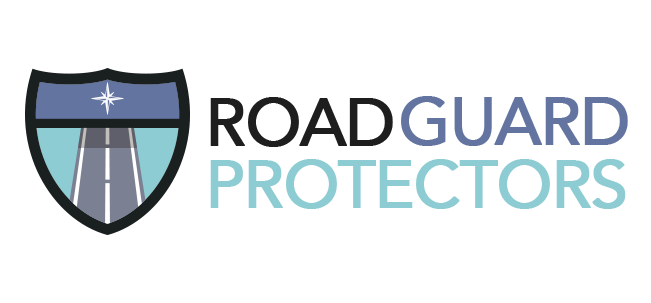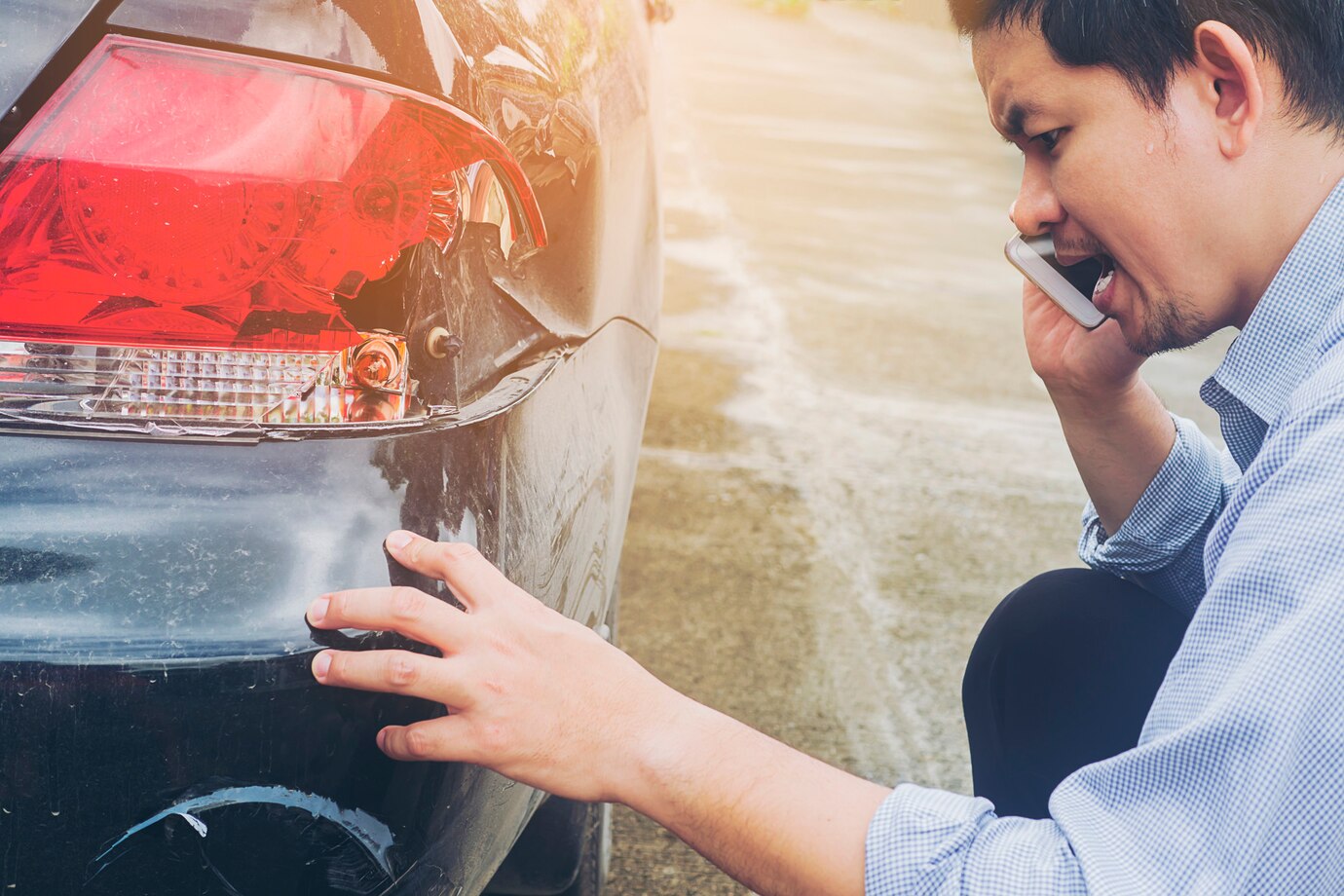In the aftermath of an accident, whether it’s a car crash, slip and fall, or property damage incident, documenting damages is crucial for ensuring a fair resolution. Solid evidence not only strengthens your case but also helps streamline the claims process with insurance companies or in legal proceedings. In this article, we’ll outline essential steps for effectively documenting damages after an accident.
1. Prioritize Safety: Before anything else, ensure the safety of yourself and others involved in the accident. Move to a safe location away from traffic or hazards and assess injuries, if any. Contact emergency services if necessary, and only proceed with documentation once it’s safe to do so.
2. Gather Information: Exchange contact and insurance information with other parties involved in the accident. Obtain names, phone numbers, addresses, license plate numbers, and insurance policy details. If there are witnesses, gather their contact information as well, as their statements may be valuable later on.
3. Take Photographs: Photographic evidence is invaluable in documenting damages. Use your smartphone or camera to take clear, comprehensive photos of the accident scene, including vehicle damage, property damage, injuries, road conditions, and any contributing factors such as traffic signs or weather conditions. Take multiple angles and close-up shots for a thorough record.
4. Record Details: Document relevant details about the accident, including the date, time, and location, as well as a description of what happened leading up to and following the incident. Note any injuries sustained, symptoms experienced, or damage to personal property. Keep a detailed record of conversations with others involved, witnesses, law enforcement, or insurance representatives.
5. Obtain Official Reports: If law enforcement responds to the accident scene, request a copy of the police report. This official document provides an objective account of the incident, including statements from involved parties and witnesses, as well as any citations issued. Additionally, obtain medical reports and documentation of treatment received for injuries sustained in the accident.
6. Preserve Physical Evidence: If applicable, preserve physical evidence related to the accident, such as damaged personal property, torn clothing, or debris from the scene. These items may serve as critical evidence to support your claim or case.
7. Seek Professional Evaluation: For vehicle accidents, have your vehicle inspected by a qualified mechanic or auto body shop to assess the extent of damage and provide an estimate for repairs. Similarly, if you’ve sustained injuries, seek medical evaluation and treatment from healthcare professionals. Documentation of these evaluations can strengthen your case for compensation.
8. Keep Records Organized: Organize all documentation, including photographs, reports, statements, and receipts, in a secure location. Create digital copies or backups of important documents to ensure they’re easily accessible when needed. Maintain a chronological record of events to provide a clear timeline of the accident and its aftermath.

